How to Recognize Frostbite and How to Avoid It
I’ve just asked one of the guys here in the Outdoor Revival HQ if he’s ever had Frostbite, he’s not, and neither have I so this isn’t about first-hand experience, although I have seen frostbite and the affects it’s had on people I know.
As yu proceedw tih this article please be aware that soem of the images are of frostbite and you might not like them.
The bottom line is, it’s best avoided, knowing what it is and how to recognize the symptoms can help a lot as you can then address the situation that’s causing the issue.
For those who live in the colder climates, frostbite is common. For people who don’t know what frostbite is, it’s a condition that occurs when skin is exposed to freezing temperatures. It generally happens when someone does not protect or cover their skin properly, resulting in minor to serious injury.
Frostbite or cold burn is the medical condition in which localized damage is caused to skin and other tissues due to freezing. Frostbite is most likely to happen in body parts farthest from the heart and those with large exposed areas. The initial stages of frostbite are sometimes called frostnip.
Some of the most common body parts to get frostbite would include fingers, hands, toes, and feet. In the most extreme cases, ears and noses can freeze, too.
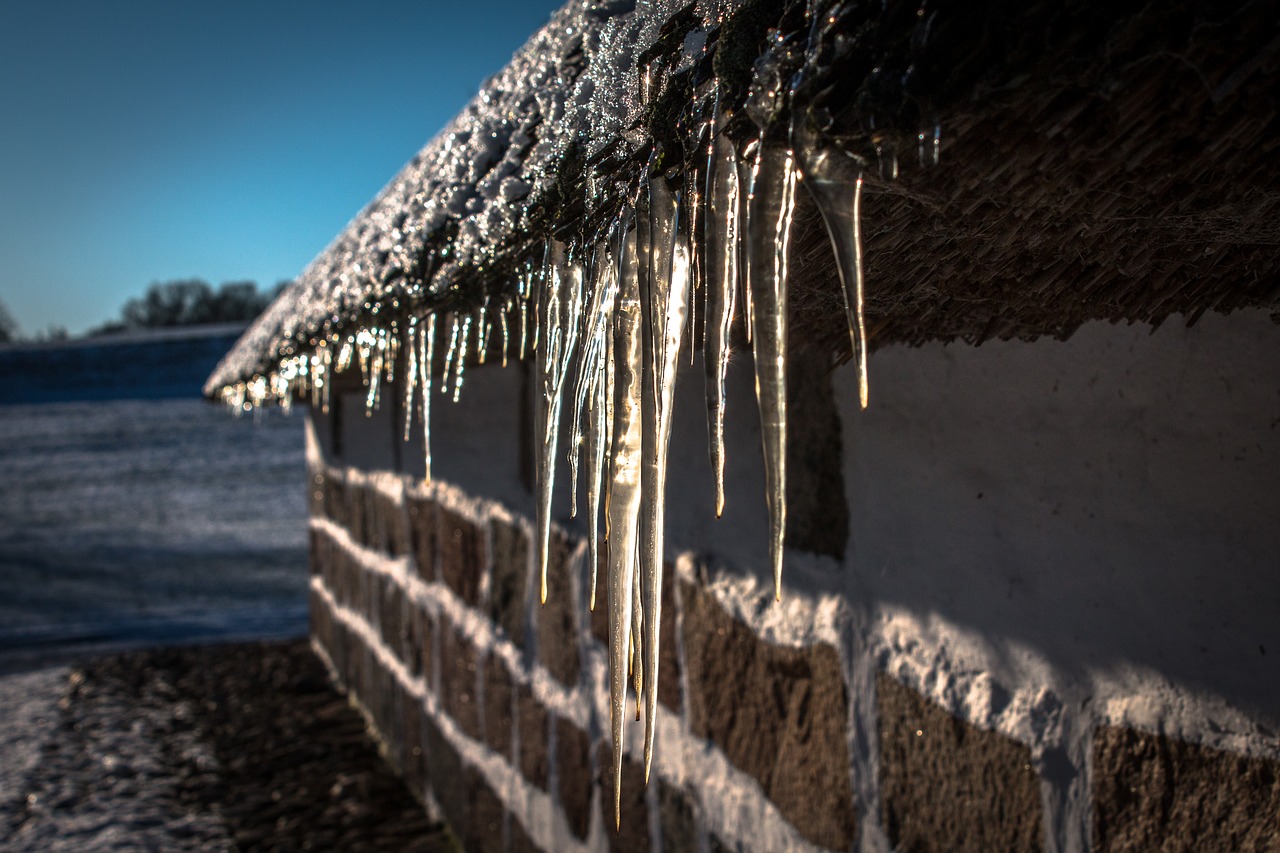
It is hard to determine when frostbite will occur; it depends on the combination of cold and the wind outside. However, there is one thing that many people do not know – frostbite happens faster than one might think. If it is frigid outside, frostbite can take just five minutes to affect you.
For avid climbers, hikers, snowshoers, skiers, etc. it is important to know how to avoid frostbite. They can start by learning the warning signs from their body that they may be on the verge of getting frostbite and what they can do once it starts to set in.
Some of the symptoms of frostbite include red and sore skin. If someone gets this condition, it is called frostnip. It is the person’s body trying to convey the first warning sign of possibly getting frostbite. The person should find warm shelter immediately after recognizing these signs.
It’s very hard to determine the severity of frostbite; it all depends on just how far the frostbite has gotten to the body. There are three major stages of frostbite that can affect the top layers of skin. Some of the more severe cases go all the way into the muscles and bone.
The early stages of frostbite would include pale white or yellow skin. Sometimes it may have an itchy, stinging, or burning sensation. Some would call it a “pins and needles” feeling.
In the intermediate stage, the skin becomes hard and looks shiny or waxy. Once a person is in a warm shelter and warmed back up to normal body temperature, the skin will thaw, and blisters with fluid or blood in them will form on the affected skin.
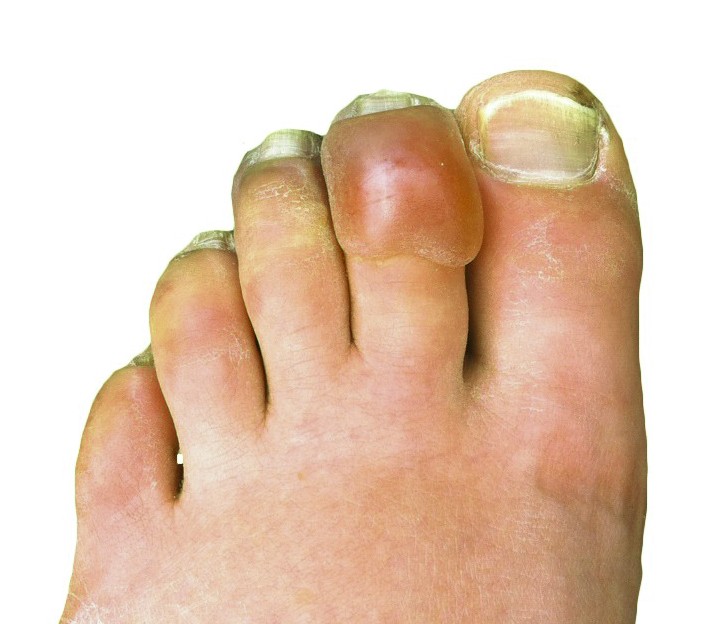
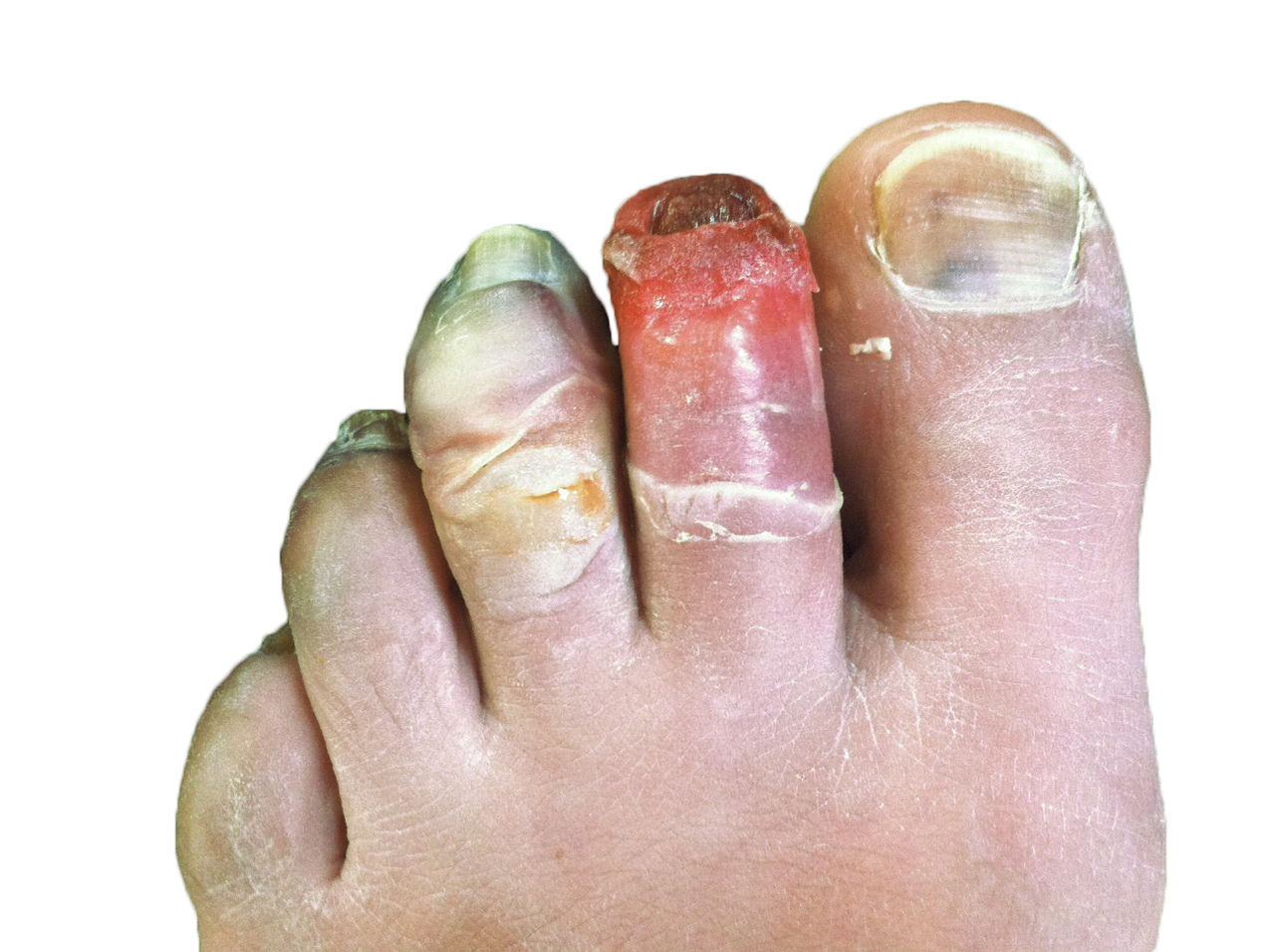
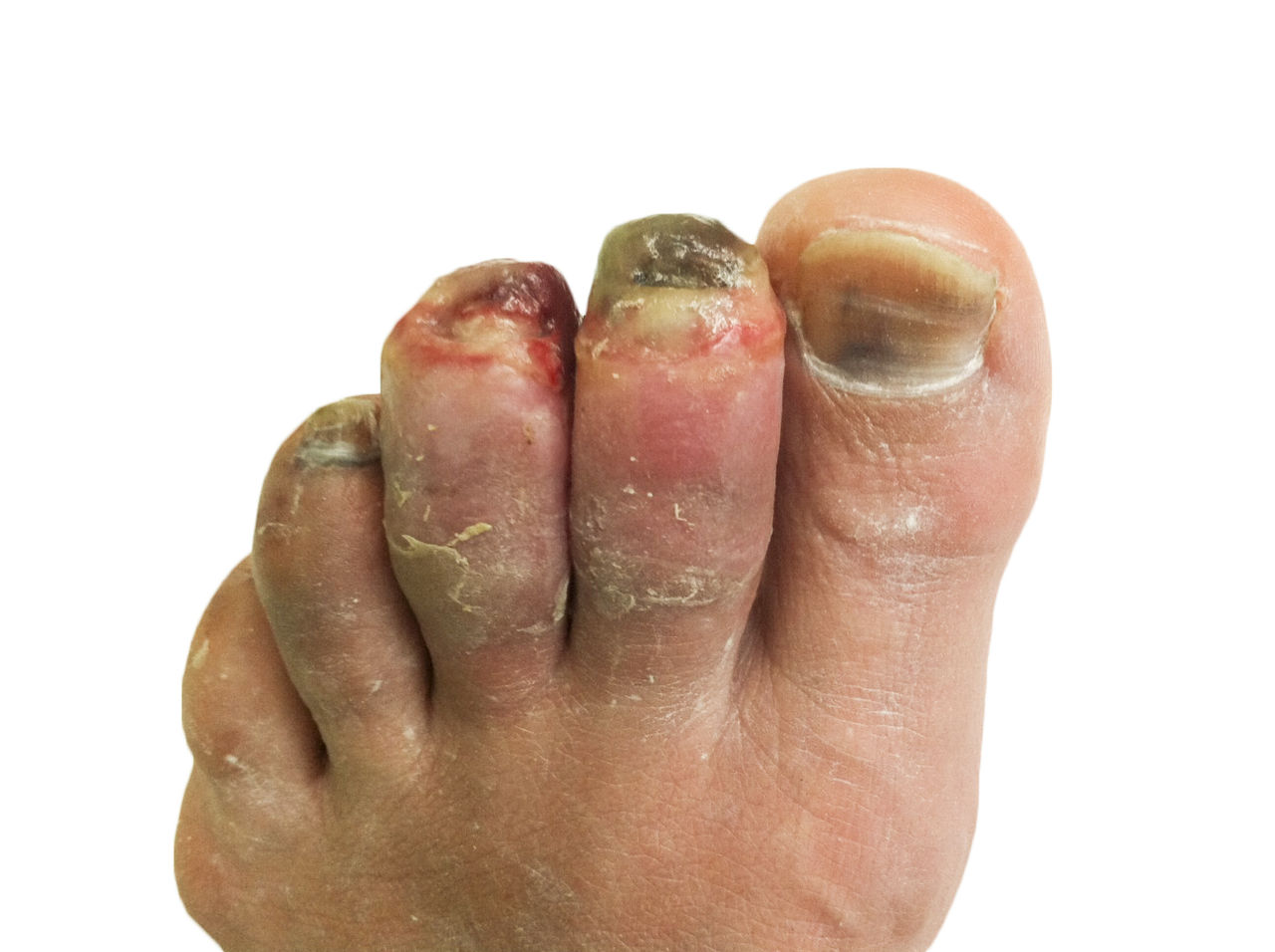
The advanced stage of frostbite would present skin that’s hard and cold to the touch. The skin darkens rather quickly and eventually turns blue and black.
Many people who have suffered from frostbite didn’t even know they had it, because once it gets to a certain stage, the frostbite numbs the particular area, making it hard to notice something is wrong. That is why a person must keep a watch on the exposed skin parts to make sure they are not turning color.
Here are some tips that can help avoid frostbite. Layer clothing, but make sure it is loose. If a person wears clothes that are too tight, it raises the risk of frostbite. With loose layers, body heat is allowed to flow through to keep the person warm.
Another trick to picking out good clothing is to make sure there are three layers. The first layer should be material that helps keep a body dry. The second would be on top of the first and should be made of insulating materials such as wool or fleece. Then, the third layer should be on top of the second and should consist of wind-proof and waterproof materials; this is your shell layer.
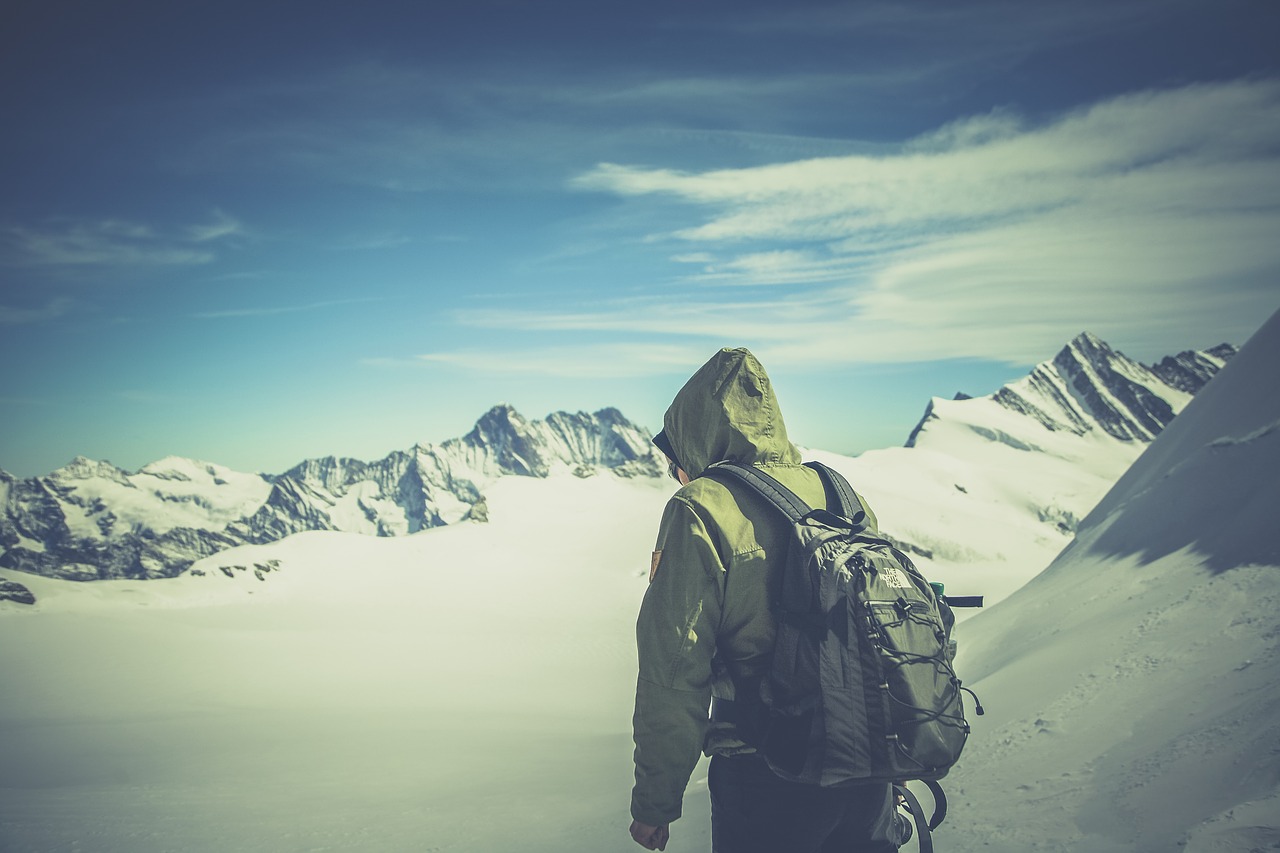
For outer layers, make sure there is a hat that covers both the head and the ears. One of the best materials to choose for a hat would be wool or fleece. Ear flaps ensure that the ears are fully protected and stay warm.
To keep hands warm, they need to be covered by insulating mittens or gloves. Never take the gloves off, even to check a phone. If staying connected to a phone is essential, be sure to use insulated gloves with the tech fingers that allow using a phone while wearing the gloves.
Socks are one of the most important items for keeping feet warm. Feet are the most vulnerable extremities to fall victim to frostbite. First, layer with a pair of wool socks over ones that are moisture-resistant. Then, wear warm and waterproof boots that cover the ankles.
Dressing properly and taking the time to recognize frostbite symptoms will help in long journeys and keep the body safe.
You need to be careful of hard work when it’s freezing temperatures, not because the hard work will hurt you but rather sweating and getting damp and then stopping can cause you insulation issues cooling you body down fast which you want to avoid.
You need to get warmed up but need to do it slowly, don’t immerse your limbs in hot water but use warm water on a face cloth, be considered in your approach to dealing with it.
If you’re unsure seek medical help. remember, it’s always good to have some first Aid experience before going into the wilderness or putting yourself and others in potentially difficult situations.
If you have any comments then please drop us a message on our Outdoor Revival facebook page
If you have a good story to tell or blog let us know about it on our FB page, we’re also happy for article or review submissions , we’d love to hear from you.
We live in a beautiful world, get out there and enjoy it.
Outdoor Revival – Reconnecting us all to the Outdoors





